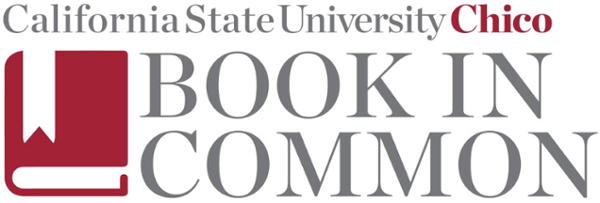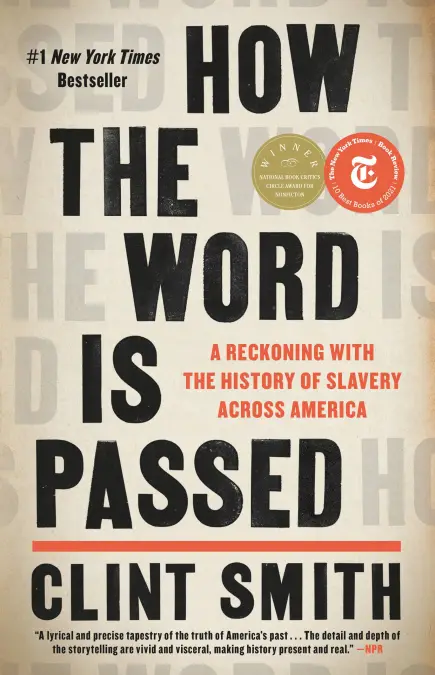- How do the two quotes at the start of the book, by Frederick Douglass and Toni Morrison, introduce the main concepts, complexities, and contradictions in America’s reckoning with the history of slavery?
- In the “Author’s Note,” Smith explains that he visited the locations discussed in the book from October 2017 to February 2020. So many things happened during these years, but what events should we remember when reading this book? Smith provides us with one: “in May, 2017 – after the statue of Robert E. Lee near downtown New Orelans had been taken down from its sixty-foot pedestal – that I became obsessed with how slavery is remembered and reckoned with… Our country is in a moment, at an inflection point.” (p.6)
- How would you describe the author’s relationship with his hometown of New Orleans?
- Have you reflected upon the history of your hometown (or Chico), its public monuments, and its street names? If so, is your experience similar or different to Smith’s? If not, what questions do you have about your hometown after reading the Prologue?
Prologue
Discussion Questions
Resources
Available online
- "See all 4 Confederate monument removals in New Orleans in photos and video." NOLA.com. May 20, 2017.
- "With Lee Statue's Removal, Another Battle Of New Orleans Comes To A Close." NPR.org. May 20, 2017.
Available in Meriam Library
- Duhe, Bailey J. “Decentering Whiteness and Refocusing on the Local: Reframing Debates on Confederate Monument Removal in New Orleans.” Museum anthropology 41, no. 2 (2018): 120–125.
- Landrieu, Mitch. "Why I'm Taking Down Confederate Monuments in New Orleans." The Washington Post, May 14, 2017.
Additional sources to request through Interlibrary Services
- Evans, Jocelyn, and Keith Gaddie. "The affect of memorializing the loss, the affect of losing the memorial: Confederate war monuments in New Orleans." In Affective Architectures, pp. 90-104. Routledge, 2020.
- Sheehan, Rebecca, and Jennifer Speights-Binet. "Negotiating strategies in New Orleans’s memory-work: white fragility in the politics of removing four Confederate-inspired monuments." Journal of Cultural Geography 36, no. 3 (2019): 346-67.
Additional recommendations? Email bic@csuchico.edu


